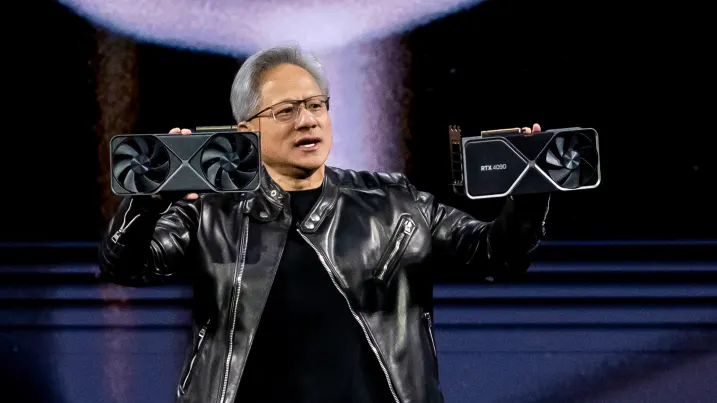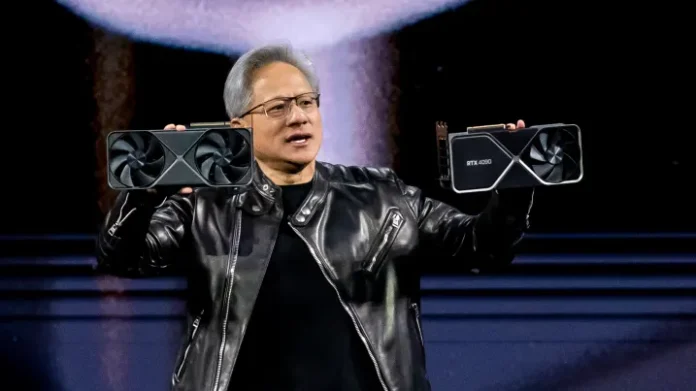At its highly anticipated GTC conference, Nvidia made headlines with the announcement of its next-generation AI chips—Blackwell Ultra and Vera Rubin. These cutting-edge processors promise to redefine artificial intelligence capabilities, setting a new standard for speed, efficiency, and scalability.
A New Era of AI Chips: Blackwell Ultra and Vera Rubin
Nvidia CEO Jensen Huang unveiled two groundbreaking chip families at the event:
- Blackwell Ultra – Shipping later in 2025, this enhanced version of the Blackwell series delivers superior AI performance. It significantly boosts the speed of AI model inference, making it a top choice for enterprises handling massive workloads.
- Vera Rubin – Expected to launch in 2026, this next-generation GPU system is designed to power AI-driven data centers, featuring Nvidia’s first-ever custom CPU, Vera, and the new Rubin GPU architecture.
Nvidia’s innovations come at a time when AI demand is skyrocketing, and cloud giants like Microsoft, Google, and Amazon are investing billions in AI infrastructure. The company’s ability to sustain this momentum depends on the efficiency and power of its new chips.
Breaking Down Nvidia’s AI Roadmap
Huang emphasized Nvidia’s shift to an annual chip release cycle, a major change from its traditional two-year development timeline. This rapid iteration ensures Nvidia stays ahead of competitors in the AI chip race.
Key highlights from the conference:
- Blackwell Ultra’s Power: This chip can generate more tokens per second, optimizing AI-generated content and boosting cloud provider revenues.
- Vera Rubin’s Custom CPU: The Vera CPU, built on Nvidia’s Olympus core, is twice as fast as previous Nvidia processors, improving both AI training and inference performance.
- Scalability & Memory Enhancements: Rubin supports 288GB of fast memory, crucial for handling complex AI models.
Huang also teased the Feynman architecture, expected in 2028, continuing Nvidia’s tradition of naming chips after legendary scientists.
Nvidia vs. Global AI Competition
A key topic at the event was Nvidia’s response to China’s DeepSeek R1, an AI model that gained attention for its efficiency in running complex tasks with fewer chips. Some speculated this could challenge Nvidia’s dominance.

However, Huang dismissed concerns, highlighting that reasoning-based AI models—like DeepSeek—actually require more computational power, making Nvidia’s latest chips the ideal choice for running them efficiently.
What This Means for AI’s Future
With AI becoming an integral part of industries ranging from cloud computing to autonomous vehicles, Nvidia’s latest chips are expected to accelerate AI innovation worldwide. The GTC conference also showcased AI-powered PCs, advanced networking solutions, and the DGX Spark and DGX Station, AI workstations capable of running large models like Llama and DeepSeek.
Nvidia’s unveiling of Blackwell Ultra and Vera Rubin marks a significant step toward next-generation AI processing, reaffirming the company’s status as the leader in AI hardware innovation.



